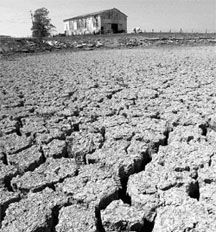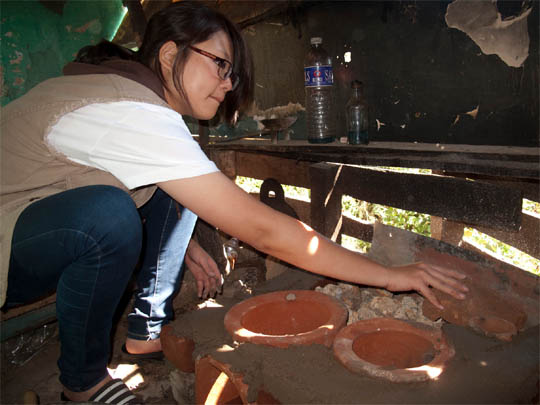
Certified renewable
Renewable energy certificates find currency in Europe

Renewable energy certificates find currency in Europe

Despite Third World pressures, the Northern countries refused self restraint in the Berlin Climate Change summit
The National Capital these days is in the grip of an emergency. An emergency triggered by air pollution. Delhi's air quality has begun to show a trend towards the 'very poor' category... forcing authorities

...says the President of India while receiving CSE s first report on global environmental negotiations <br>
Researchers at the Hungarian Academy of Science, Hungary, have built devices, which extract energy from beams of light just like a windmill extracts energy from the wind. They have built an optical
British researchers have found that magnetic fields reduce the amount of seaweed fouling underwater surfaces. This could help develop an environment friendly antifouling system which is a big problem
Measuring the blood sugar level can help physicians predict if a patient is at the risk of developing heart disease. Blood glucose (sugar) might, like cholesterol and blood pressure, be used as an
women's empowerment: The Self Employed Women's Association (SEWA) is using satellite communication in 12 centre in Gujarat to train women on forestry, water conservation, child development, health

THE drought which hit the us recently may extend to the next year, John Kelly, director, National Weather Service has said. Dan Glickman, agriculture secretary, has declared Connecticut "a farm

Medicinal values of marine life make it vulnerable to overexploitation. But it is now possible to artificially produce such qualities
PREVENTION, rather than cure could become the norm in the West if modern biotechnology has its way. Several big multinational drug firms such as Hoechst, Merck and Glaxo Wellcome are trying
from Virginia to Massachusetts, extending even as far west as Ohio, exceptionally dry weather conditions threaten eastern United States with drought. The National Weather Service has blamed the
Welcome to Congress! Today, with modern technology, humans can live in places where it was impossible before. This is achieved by the provision of buildings and complex infrastructure tuned to the existing

<p>Chennai, October 1, 2013: Mr. Menahem Kanafi, Israel Consul General to South-India was the Guest of Honor at Kodaikanal International School (KIS) Social Experience Program. During his visit
Some of the points agreed to at Earth Summit II
In a bid to conserve the endangered sea turtle population, a non-killing method of monitoring chemical pollutants in their tissues has been developed. Earlier, sea-turtles, including loggerhead
Profession: Assistant Professor, Centre for Atmospheric and Oceanic Sciences, Indian Institute of Science, Bangalore-560012 Research Interests: • Global climate change • Earth System Modeling - Coupled
Engineers at the US,based National Institute of Standards and Technology have developed a photovoltaic solar water heater that does away with the plumbing, replacing it with a wire
The human tragedy that will unfold as a result of the Sardar Sarovar dam has to be mitigated

The world s most feared virus, Ebola, makes a comeback in Uganda